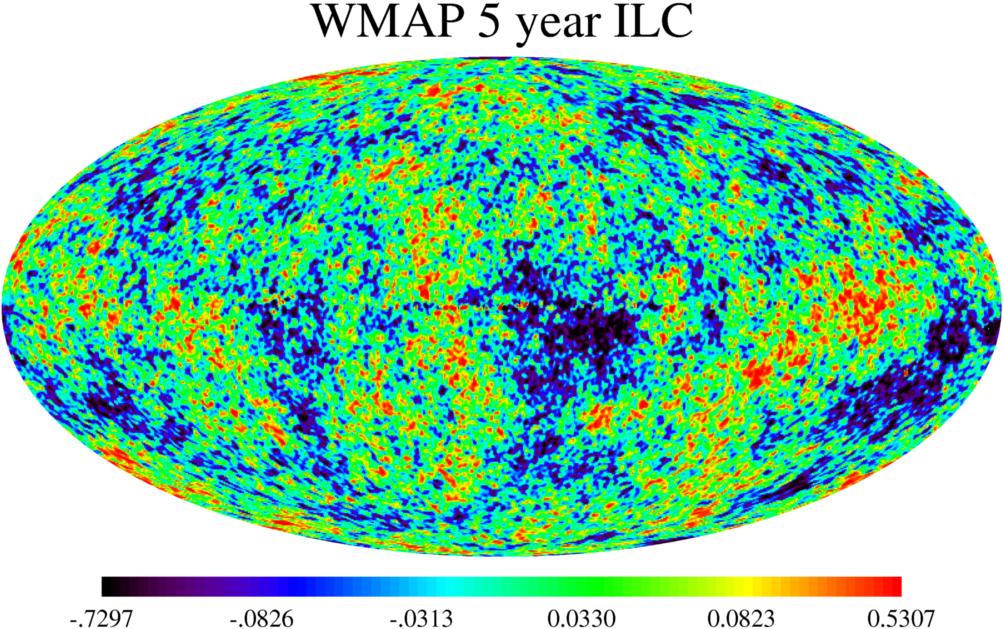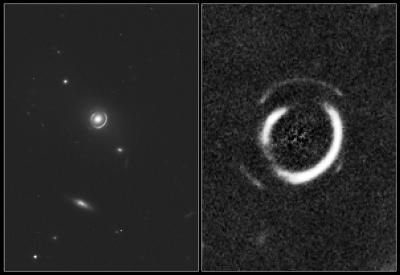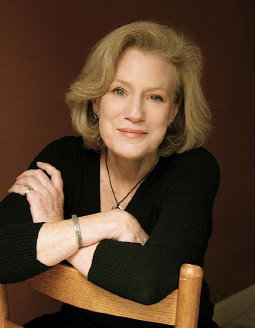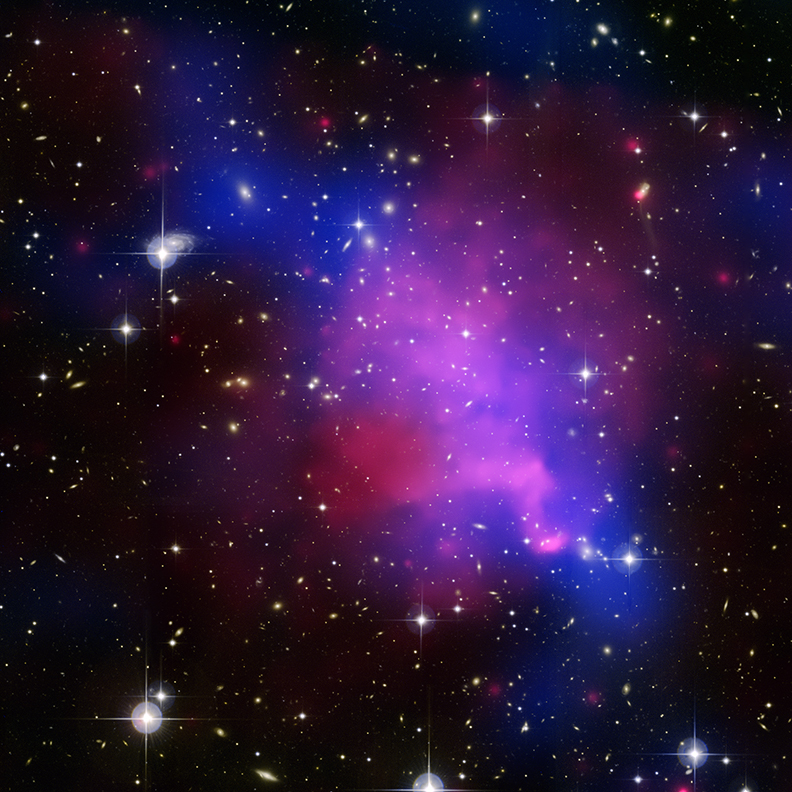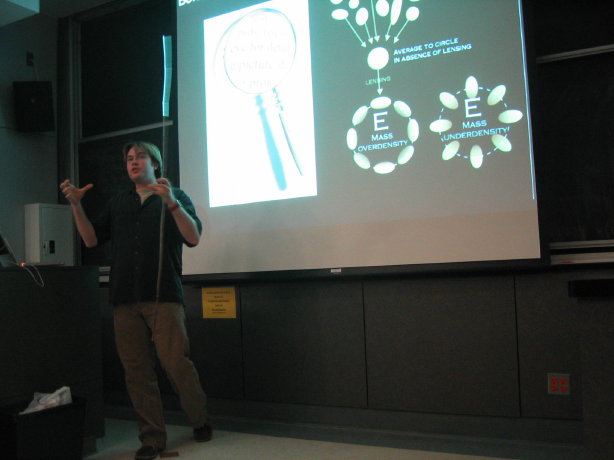Just the other day, while coordinating some work being done on my house, I was thinking that it is time I learned Spanish. Most of the people working in the construction industry here in Los Angeles have Spanish as their first language, and besides the usefulness it would give in communicating difficult ideas about a piece of work to be carried out, I really don’t like the feeling that I’m disconnected from them. I’d like to be able at least to, in Spanish, offer a cup of coffee, or a glass of iced water, and have a little small talk – treat them like fellow human beings as opposed to “the help” as is done so much in this city, to my disgust. I interact a lot with the Spanish-speaking parts of the city through my use of public transport, places I go to grab tasty food from time to time, and so on, but there is still a sense that there is an entire alternative Los Angeles out there that I am only barely touching upon by not knowing the language.
Then yesterday this whole Spanish language issue came up again in a big way. There was a phone call to the department from Univision, the Spanish-language TV network. Probably most of you are wondering what that is. You know those several channels that you never watch and when you flick by them, all clustered together, they’re always speaking Spanish and discussing issues or people that you seldom (if ever) have heard of? Yes. This is one of those channels. There’s a huge part of America (and elsewhere) that tune to those channels primarily.
Well, the people at Univision had heard about the excitement about the Large Hadron Collider (see, e.g. last post) and wanted to do a piece on it, and have someone in the studio to talk about it live on their breakfast show. They were looking for a […] Click to continue reading this post →

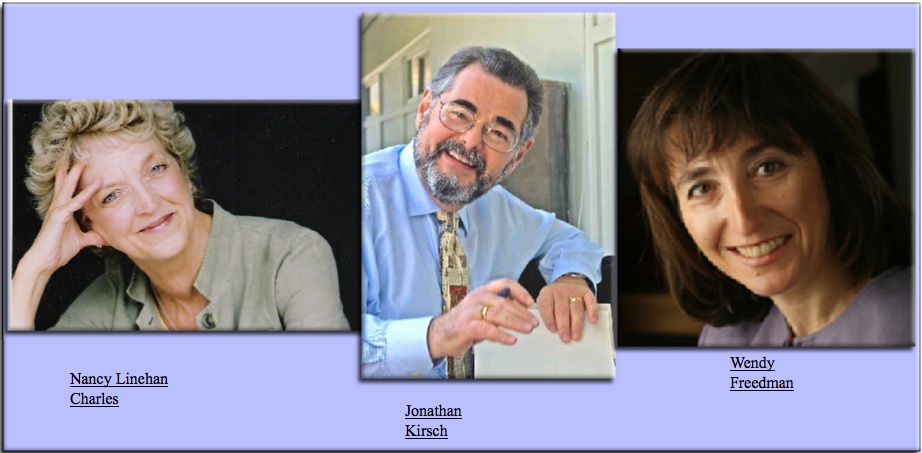

 Good news everyone! GLAST has been
Good news everyone! GLAST has been 